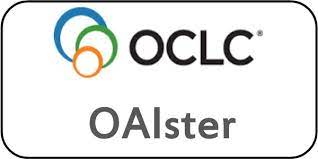A Controlled Clinical Study to Evaluate the Comparative Effect of Anuloma DS Tablet and Lactitol + Ispaghula Powder in Functional Constipation
DOI:
https://doi.org/10.59793/51tyzs05Keywords:
Anuloma DS,, constipation,, Constipation Assessment Scale,, ispaghula,, lactitolAbstract
The International Classification of Diseases (ICD) has described constipation as decrease in normal frequency
of defecation accompanied by difficult or incomplete passage of stool and/or passage of excessively hard, dry stool (ICD10-
CM-K59). Overall, the average prevalence of constipation in adults has been estimated as 16% worldwide (varies between
0.7% and 79%); in adults aged 60 to 110 years, the prevalence has been estimated to be 33.5%. Objective: To evaluate and
compare the efficacy of tablet Anuloma DS and lactitol + ispaghula powder in constipation. Materials and methods: Sixty‐two
subjects with constipation were divided into two groups: Group A with 32 subjects and Group B with 30 subjects. Group A
received 1 Anuloma DS tablet at bedtime and Group B received lactitol + ispaghula powder 5 g at bedtime for 15 days.
Results: Twenty-eight patients in Group A showed significant improvement in stool consistency, whereas just 8 patients
showed improvement in consistency of stool in Group B. Twenty patients showed improvement in frequency of stool in
Group A, whereas only 3 patients showed this improvement in Group B. Twenty-nine patients in Group A reported good
improvement in feeling after defecation compared to 9 patients in Group B. Pain in abdomen improved in 21 patients in
Group A versus 9 patients in Group B. Improvements were also seen in scores on the Constipation Assessment Scale, Patient
Assessment Scale, and Quality of Life Questionnaire. Conclusion: Anuloma DS showed significant clinical benefits in the
treatment of constipation compared to lactitol + ispaghula powder.
Downloads
Published
Issue
Section
License
All open access articles published in IJCP are distributed under the terms of the CC BY-NC 4.0 license (Creative Commons Attribution-Non-Commercial 4.0 International Public License). This license permits unrestricted use, distribution, and reproduction of the articles in any medium for non-commercial purposes, provided that: The original authorship is properly and fully attributed. The IJCP is cited as the original place of publication with correct citation details. If an original work is reproduced or disseminated in part or as a derivative work, this must be clearly indicated. No articles are reproduced for commercial use without prior consent from the IJCP. All licensing requests and permissions for commercial use will be managed by the Publisher.














